Introduction
India has a great historical background and Indian monuments play vital roles in Indian History.
So, if you are planning any trip then you get to see the many historical places of India. Thousands of foreigners and Indians give a visit to this place every day.
Indian monuments are located across India, from the eastern coast to the western Bay of Bengal and from the northern Himalayas to the southern Gangotri.
Regardless of wind, hot summer, or rain, they are still standing to testify to the glorious history of hundreds of years ago.
Monuments of India
Incredible monuments of India are located in different forms of architecture. So, you can find it in the form of temples, forts, palaces, museums, etc.
Out of those Indian monuments, many architectures remained hidden from the world due to historical insignificance. On the other hand, some places are very popular in the whole world.
So, you might see them in books, blogs, news, videos or television. We have listed here some of the important Indian monuments that everyone should visit at least once.
There were so many Monuments in India that played a vital role in the History of India. Therefore, these monuments are important for the study of Indian History.
In this blog, I am sharing the most famous monuments of India which have a glorious historical past. These Indian monuments are located all over the Indian subcontinent.
1. Taj Mahal

Taj Mahal is called the “Monument of Love.” The Taj Mahal is considered as one of the most beautiful architectural monuments of India. Therefore, it is a famous place worldwide situated in the city of Agra with great historical significance.
Why this building was built is a controversial topic. However, it had been believed that Shahjahan built the monument in memory of his third wife named “Mumtaz Mahal.” The Taj Mahal consists mainly of the tombs of Mumtaz Mahal and Shah Jahan.
The whitish marble building on the banks of the river Yamuna is the center of attraction for tourists all around the world.
Architecture of Monument
Taj Mahal is a marvelous example of Mughal architecture. This is considered as a combination of Indo-Islamic architecture. Indo-Islamic means confluence of Islamic, Persian, Turkish and Indian architecture.
Extensive gardens, circular domes, towers and mesh carvings are considered to be the features of Mughal architecture. The three adjoining walls include a large garden, a guest house and a mosque.
This is the most famous over all Monuments of India. Every year around 70 to 80 lakh worldwide tourists are attracted to visit Taj Mahal.
The total cost of the building, which covers an area of 2 hectares, was Rs 52.8 billion ($827 million), which meant Rs 82.7 Crores.
The New Seven Wonders Foundation has announced the winner of the 7 man-made wonders of the world. They did it through global voting which started in 2000 till year 2007.
Construction History
Construction of the Taj Mahal started in the year 1632 CE. The construction was completed in the year 1653 CE, which means it took around 21 years to complete the whole structure. The architecture of this courtyard is rectangular and has large gates to access.
Upon entering through the gate, the fountains are in front and the spectacular Taj Mahal gives peace of mind. The interior architecture is equally charming along with the exterior beauty.
The Taj Mahal was declared a World Heritage Site by UNESCO in 1983 CE. These monuments of India are also an outstanding model that represents Islamic India.
2. Qutub Minar
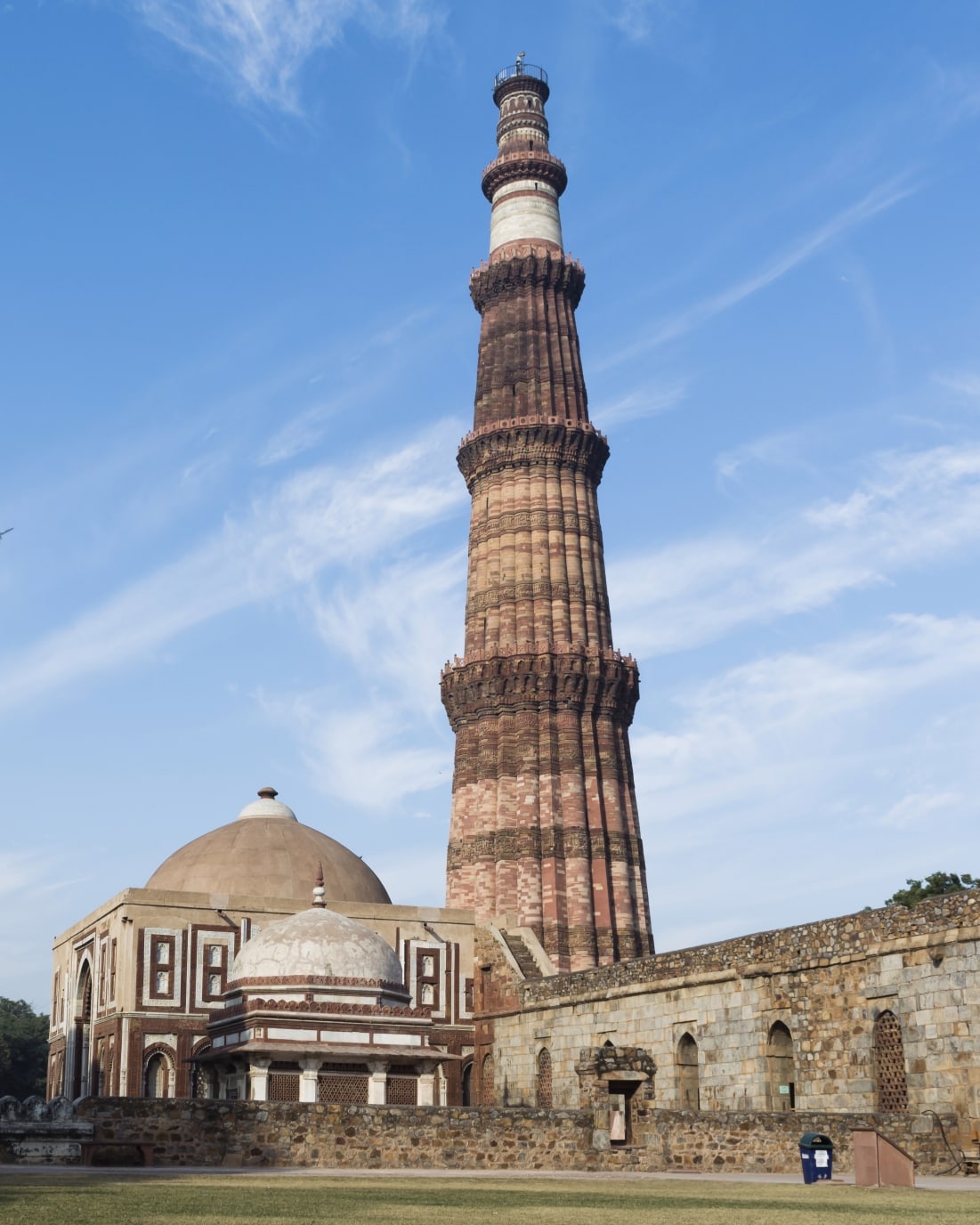
The Qutub Minar has always been a tourist attraction and known as one of the famous monuments of India. This monument was built in medieval times.
A minaret is a mosque-shaped object that includes the foundation, the steps for climbing, the circular roof, and the summit.
In the face of many natural disasters, this monument stands as a testimony to India’s glorious history. UNESCO declares Qutub Minar at Mehrauli as a World Heritage Site.
Among the few monuments of India, Qutub Minar is built by mamluk dynasty’s Qutubuddin Aibak. Qutubuddin Aibak, the founder of the sultanate in Delhi, started construction of the Qutub Minar in 1929.
Qutubuddin Aibak had a career spanning six to eight. The later rulers completed half the remains of the Qutub Minar.
The height of the family minaret is about 5 meters, and the diameter is 1.5 meters (5 feet). As the peak approaches, its diameter decreases. At the top of the tower, it has a diameter of 5.5 meters (3 feet).
The Qutub Minar is a marvelous piece of architecture, and its charming carvings attract tourists. It is here that other than this Qutub Minar, other buildings prove the progress made by medieval architecture.
Ironstone is an incredible example of medieval metal. Wool and rain do not affect this column. The feature of this pillar is the iron, though it has not yet rusted. Besides, there are many antique buildings such as the Alai Darwaza.
As you move around, the magnificent architecture and its design compel you to admire the ancient art. The Qutub Festival is a special event for tourists. In which, the importance and information of the objects herein are revealed.
3. India Gate

India Gate is a war memorial designed by the English architect Sir Edwin Lutyens. The magnificent nature of India Gate has enhanced the beauty of the highway.
The India Gate looks like the Arch de Triomphe in France, the Arch of Constantine in Rome, and the Gateway of India in Mumbai.
Often it is difficult to tell the difference between these monuments. The Delhi Gate, which is only 5 meters high, is celebrated every year on the 5th of January.
India Gate was built to commemorate the British and Indian martyrs of World War I and the Third Anglo-Afghan War.
Nearly two Indian and British soldiers were martyred. Significantly, there are 1,3 soldiers newly carved on this monument.
The monument was laid in 1959, and the construction was completed in 1949, just two years later. Lord Irwin, the then British Governor of India, inaugurated the monument. These will indeed be a memorial for architectural lovers.
4. Golden Temple
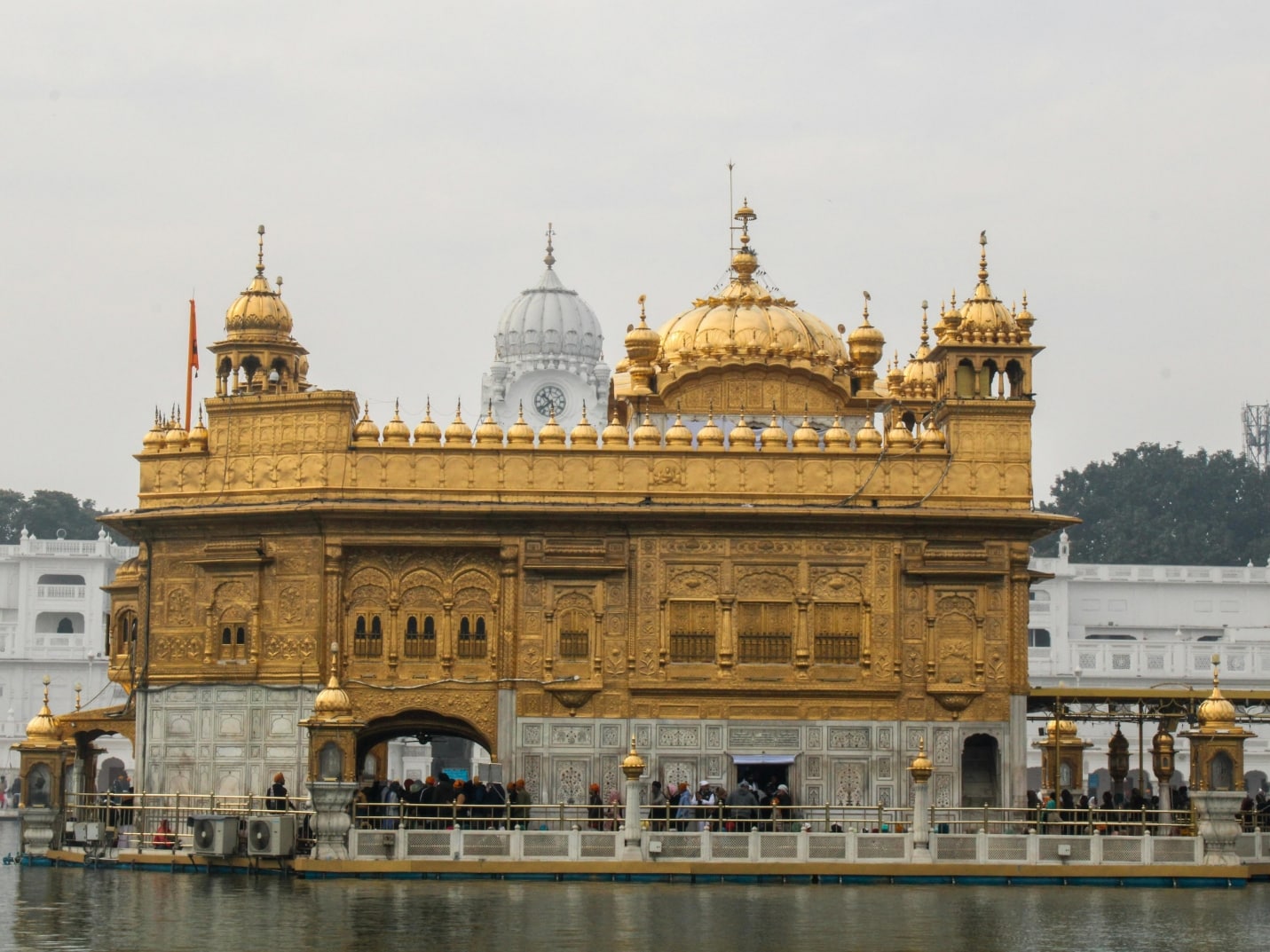
The country of India has enjoyed spiritual history since ancient times. The Golden Temple is locally known as “Harmandir Sahib” or “Darbar Sahib.” It is a sacred shrine of Sikh religious people. The sanctity of this temple, which cannot be described, can only be experienced.
Maharaja Ranhit Singh rebuilt the temple in 7 years after the political unrest and wartime of the nineteenth century.
The temple is constructed of marble and gold. The cooling water around the temple and the striking golden temple in the center greatly impress the mind.
People of all religions visit this golden temple in the middle of Amritsar city and experience different religious happiness. This temple is considered as a symbol of equality.
The prayer of Sikhs among thousands of people here brings a sense of spiritual joy. Millions of people visit this golden temple every year to take advantage of this spiritual happiness.
Under the guidance of Ram Das, the fourth Sikh Guru, the Amrit Sarovar was excavated on December 8th.
In the middle of the lake is the Golden Temple. There are many small monuments around the nectarine lake. It was from this nectar lake that the city was named Amritsar.
During the Mughal period, the British suffered many atrocities. The Sikhs who suffered the injustice can be seen here in the Sikh Museum at Clock Tower in Amritsar.
To the south-east of the Amrit lake, you find a magnificent Ramgarhia Bunga fort. Around this fort, there are minarets of Muslim architecture. The Golden Temple in Amritsar is truly a beautiful art form in the world.
5. Gateway of India
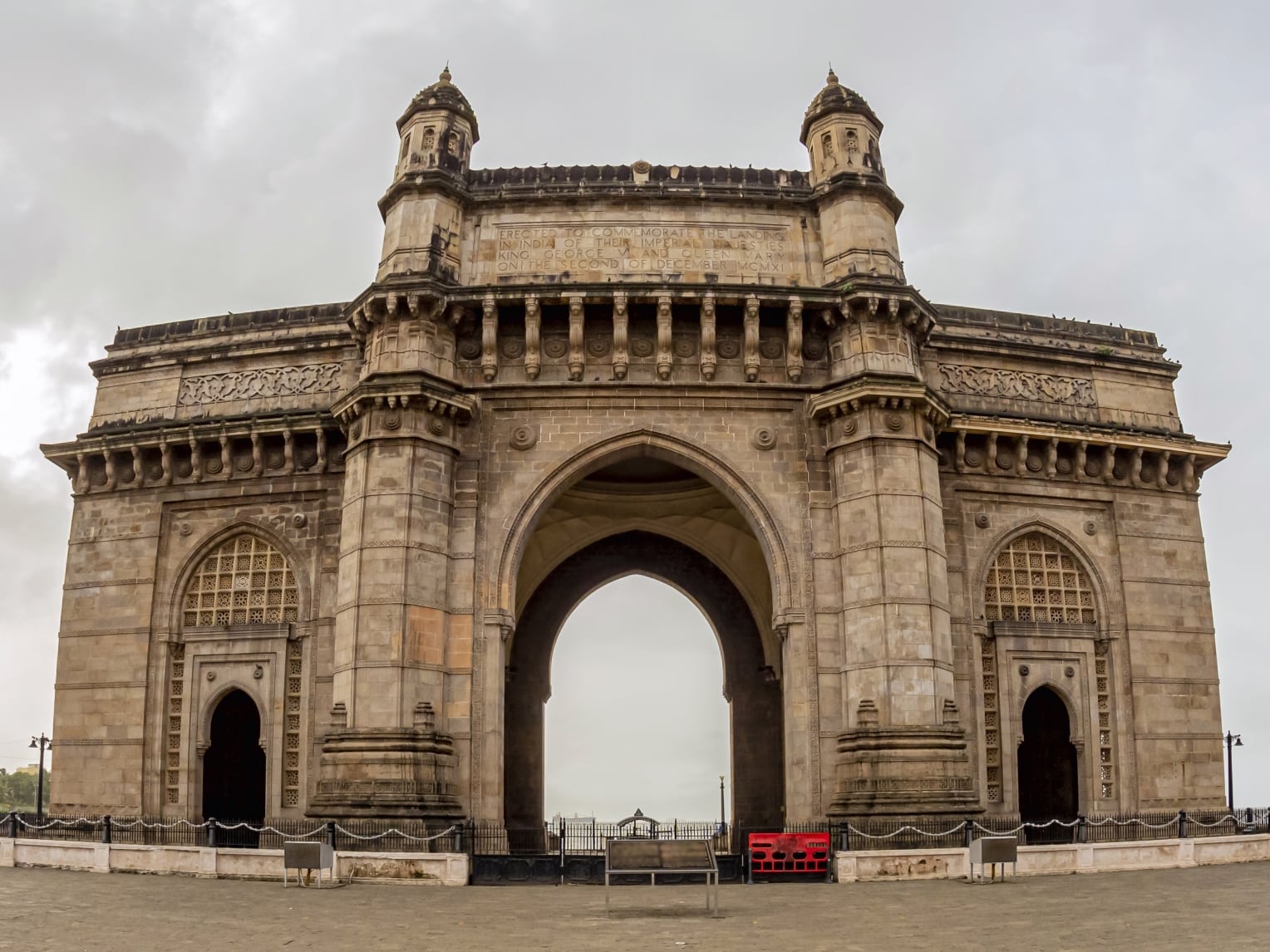
The Gateway of India is an impressive combination of Western, Arabic and Indian architecture. Built-in 1969, the monument is built on the port of Apollo. British architect George Witte designed the magnificent memorial.
The memorial was erected to commemorate the visit of King George VI and Queen Mary to Mumbai. It is a favorite tourist destination of Mumbai.
Many foreign tourists visit this monument along with tourists from India. Boating ships to Elephanta Caves depart from here.
The Gateway of India, which started in 1959, was completed in 1949, just two years later. The construction of this strong structure is made of solid concrete and basalt. It has been beautifully carved as well.
The monument was used for transportation for some time before the year 1949 before India became independent. It was from the Gateway of India that the last English ship Ravana left for England.
In the vicinity of this monument was a statue of Shri Chhatrapati Shivaji Maharaj, Swami Vivekananda. In the region, there are other statues as well.
After the evening, the Gateway of India gets illuminated with colorful lights. Hundreds of people came here each evening to see this picturesque scene.
Also, this is where you get to see two old five-star hotels. One is the Hotel Taj, and the other is the Hotel Oberoi. High quality Indian and foreign tourists prefer to stay at these hotels.
6. The Lotus Temple
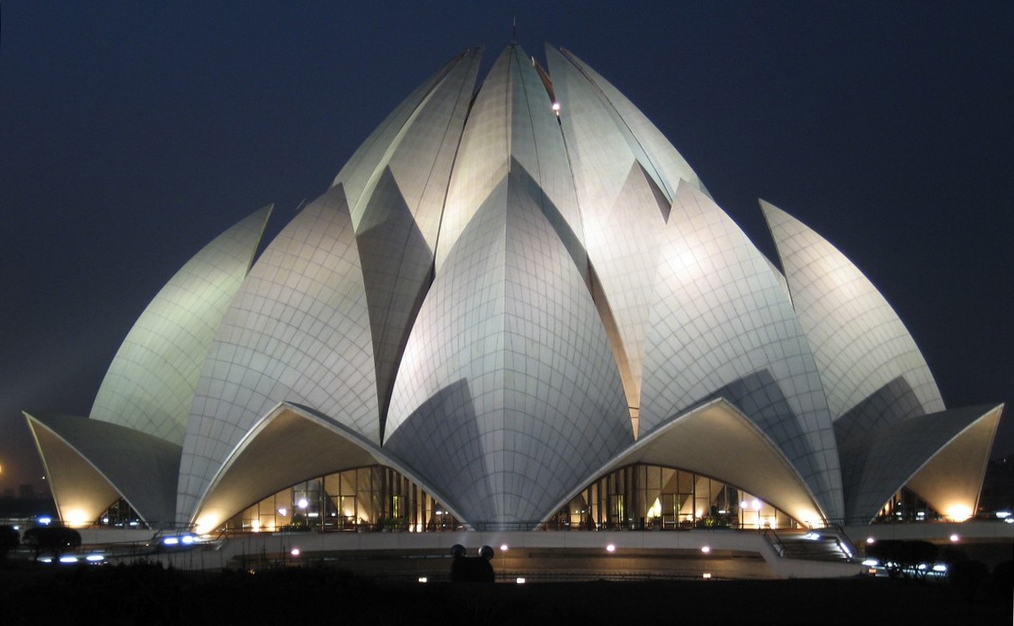
The Lotus Temple, located in Bahapu village, New Delhi, is a lotus shape. Hence, it is called Lotus Temple. The white lotus petals that make the lotus shine are spectacular in the colorful lights at night.
No idol is worshiped in this temple. It is dedicated to the Baha’i religion and open to all the righteous.
This temple is a beautiful example of architecture. This temple is striving for world unity, irrespective of caste, creed, creed, nationality. It is one of the seven Baha’i places of worship around the world.
Delhi is the first temple in Delhi to use solar energy. With solar energy consumption, this temple saves 1440000 Indian rupees ($20422.4) annually.
Among all Indian monuments, this is the first to harness solar energy. The entrancing peacock statues at the gate look very attractive as you enter the temple area.
Both sides of the path leading to the temple have been adorned with lush green lawns and shrubs. Also, the colorful flowers add to the beauty of the area.
The serene atmosphere of the temple is nourishing for chanting, penance, meditation. The unique architecture inside is an attraction for all. You can study, read, and write any religious book in a quiet environment.
Sacred music is allowed, to be heard, in the vicinity of the temple. Kamal Temple is a great place to experience spiritual happiness in a happy and peaceful environment.
7. Ajanta Caves
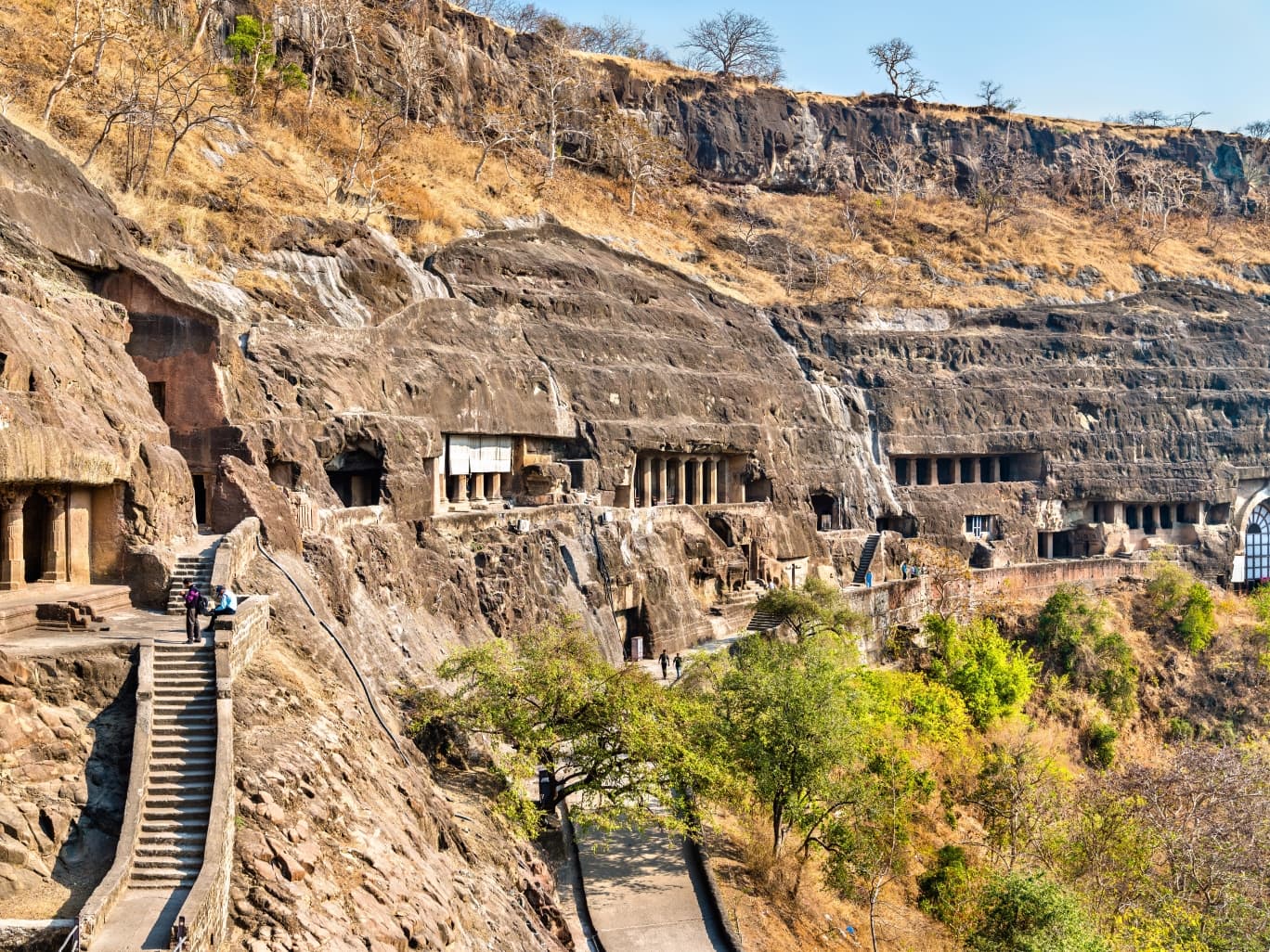
The Ajanta Caves are found on the mid of a cliff in the Sambhajinagar area of Maharashtra. The old name for this district is Aurangabad, which is located on the Deccan plateau.
Deccan plateau is in central India, specifically in the western part of Maharashtra state. It is in the heart of the Western Ghat, which is the Sahyadri mountains range.
Historical significance
- “The Ajanta caves are famous for their old Buddhist art and the vibrant paintings that cover their walls.”
- “Back in the late 6th and early 7th centuries, Buddhist monks really loved this spot.”
Features
The cave was first found in the year 1819 by the British Officers. These caves are a big deal in the history of India, showing us a lot about the past. The site was used to house monks, hermits, and monks in search of peace and meditation.
Stunning Buddhist artifacts are carved right out of these massive stone caves at the edges of the mountain.
The Ajanta caves are just one part of a larger group of 30 caves dedicated to Hindu, Buddhist, and Jain practices.
There are also ancient Buddhist monasteries and temples that were carved right into a cliff’s side way back. They are a special part of the Ajanta-Ellora World Heritage Site.
The Ajanta Caves are the biggest Buddhist cave art carved into rocks, made from about 2000 years ago up to 1500 years ago. The entire site is considered a UNESCO World Heritage Site and is linked to the Hinayana school of Buddhism.
Monks from the Hinayana school of Buddhism, also known as Theravada, made their homes in the caves.
Ajanta Caves are situated close to Ellora Caves. The caves at Ajanta were carved into the rock of the Charanandri Hills.
They are located on a hill that was developed as a series of caves from the middle of the 6th century B.C.E. to the middle of the 7th century C.E.
Conclusion
These Monuments of India are a pride of Indian Historical Culture and Heritage. Similar to the furious freedom fighters, monuments of India are also helped to have great historical significance.
I hope you like the article. I hope you will support us in providing free information. So please don’t forget to share this article with friends & family.
More interested people can also read monuments of India for more information.
Image Credits
7. A Lotus Temple, Image Credit: Vandelizer, Source: Wikimedia
About the Author

Ashish Salunke
Ashish is a skilled biographer and content writer specialized in crafting captivating historical narratives. Through HistoricNation, he skillfully merged his IT expertise with the art of storytelling.
